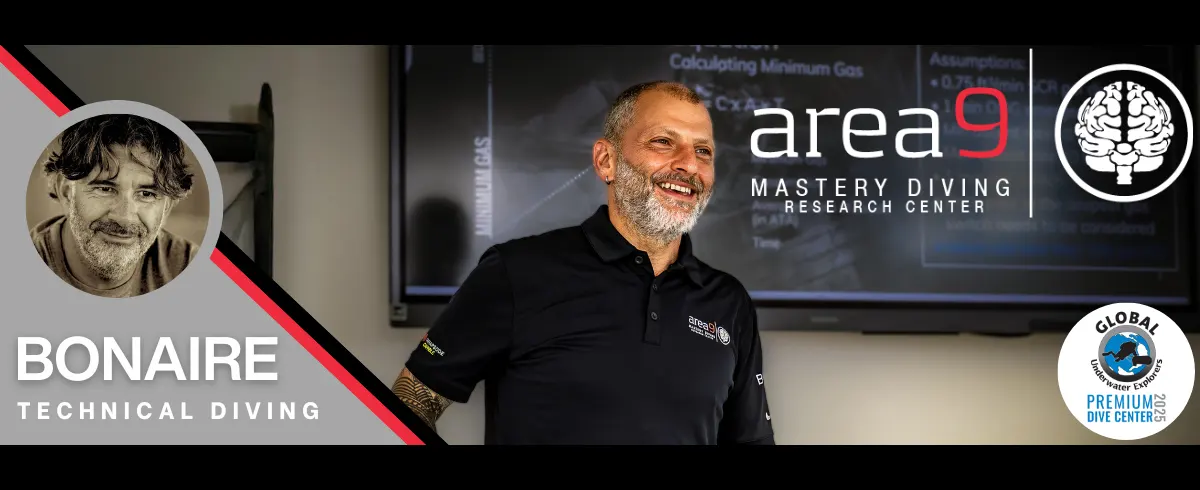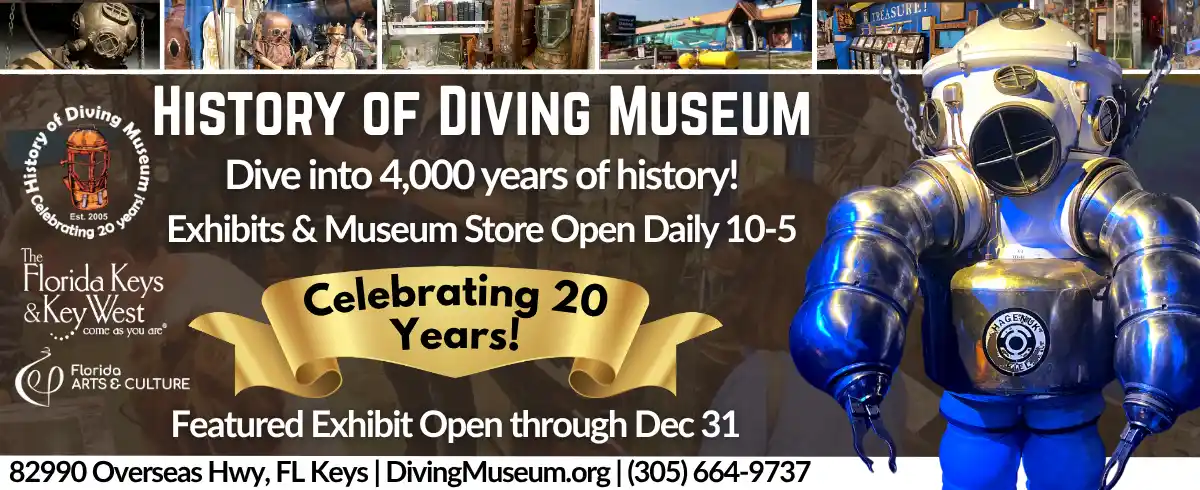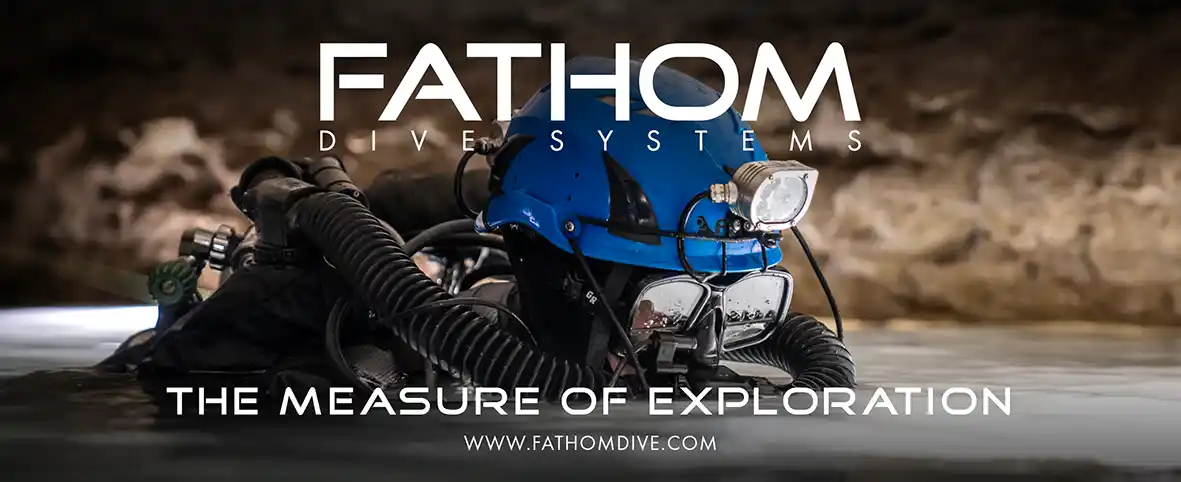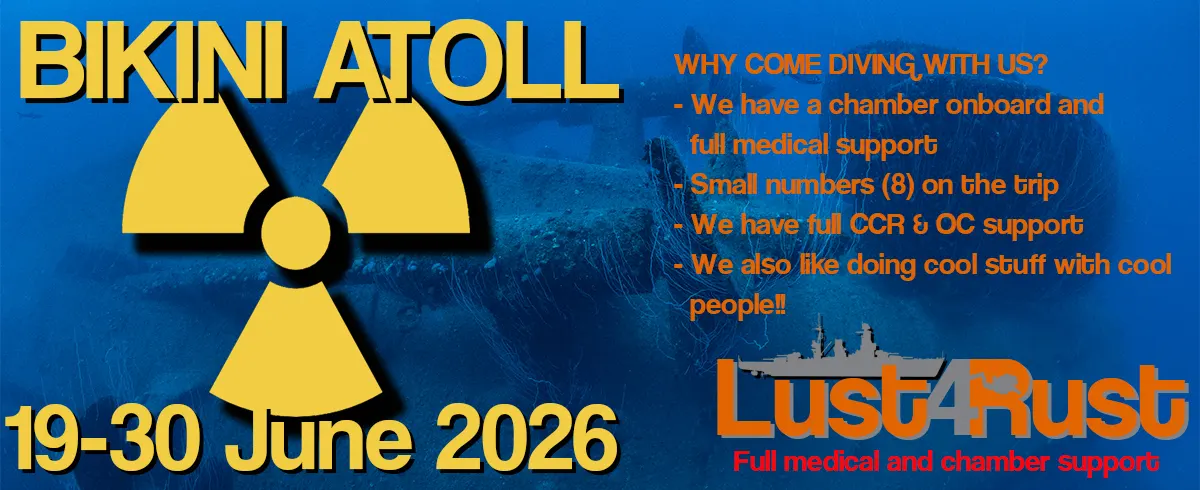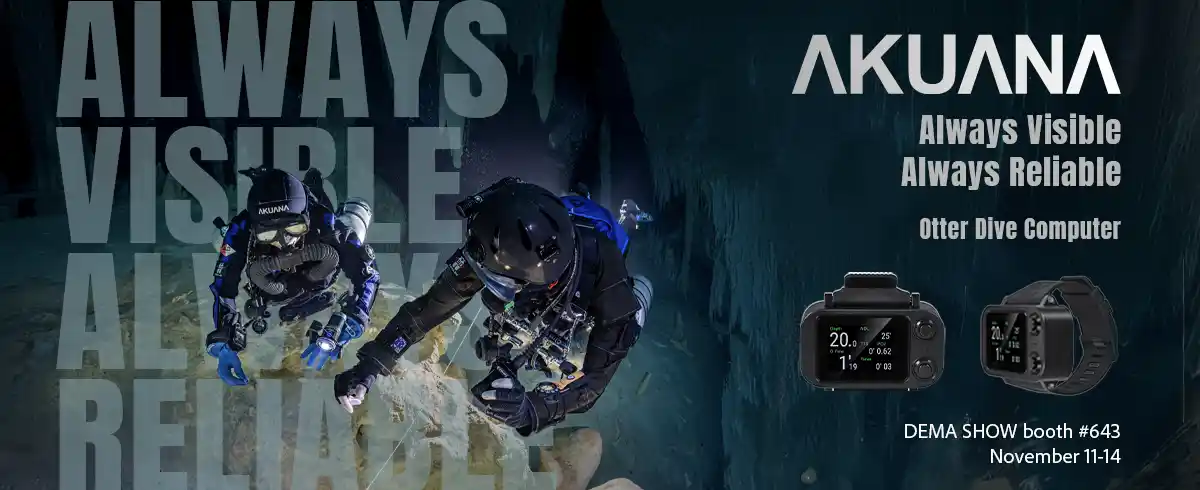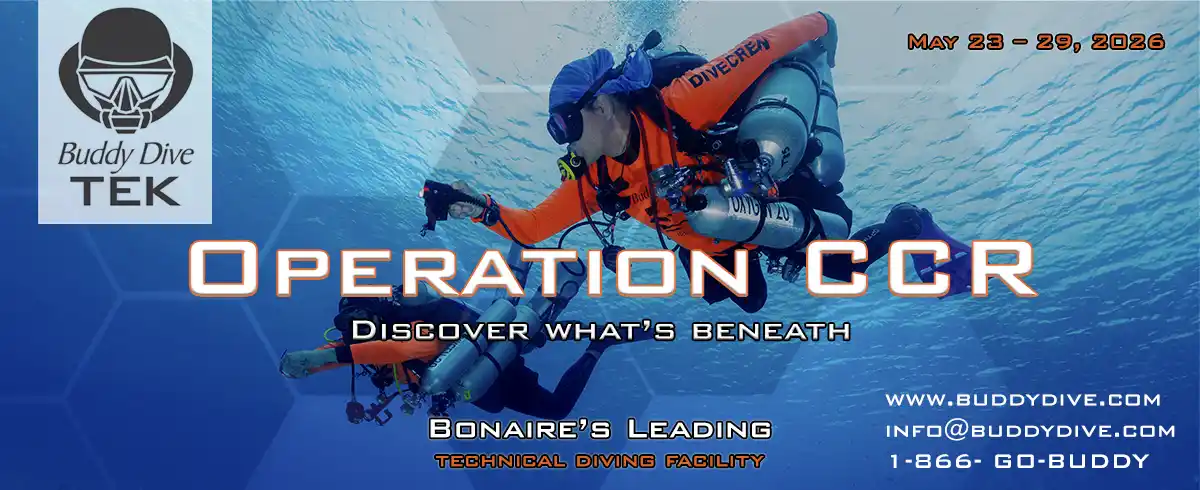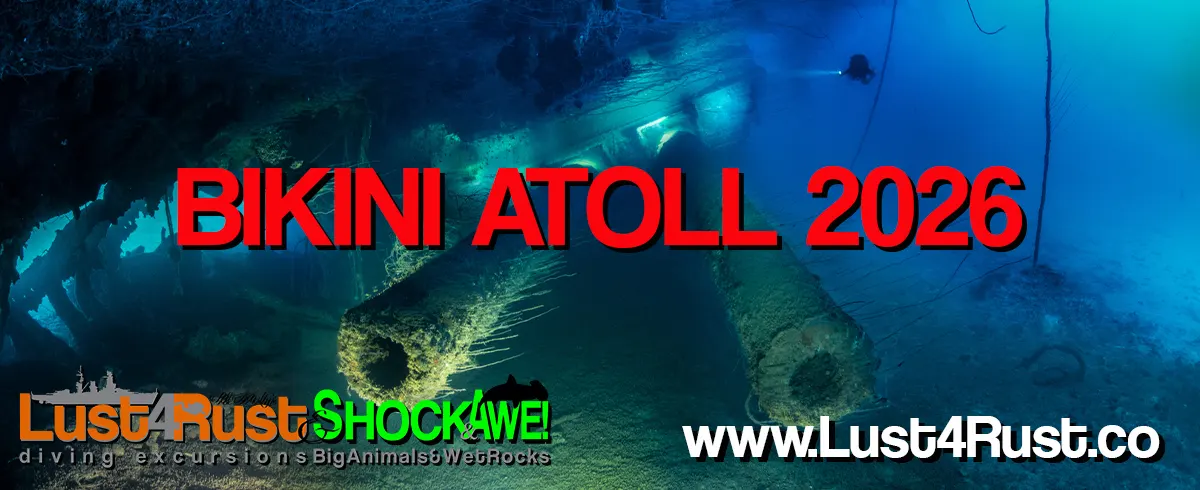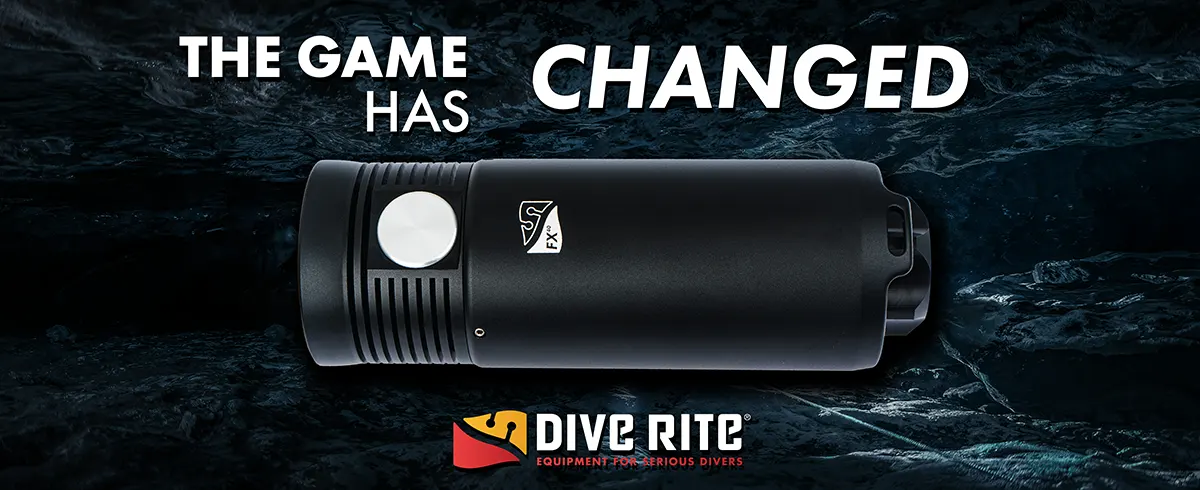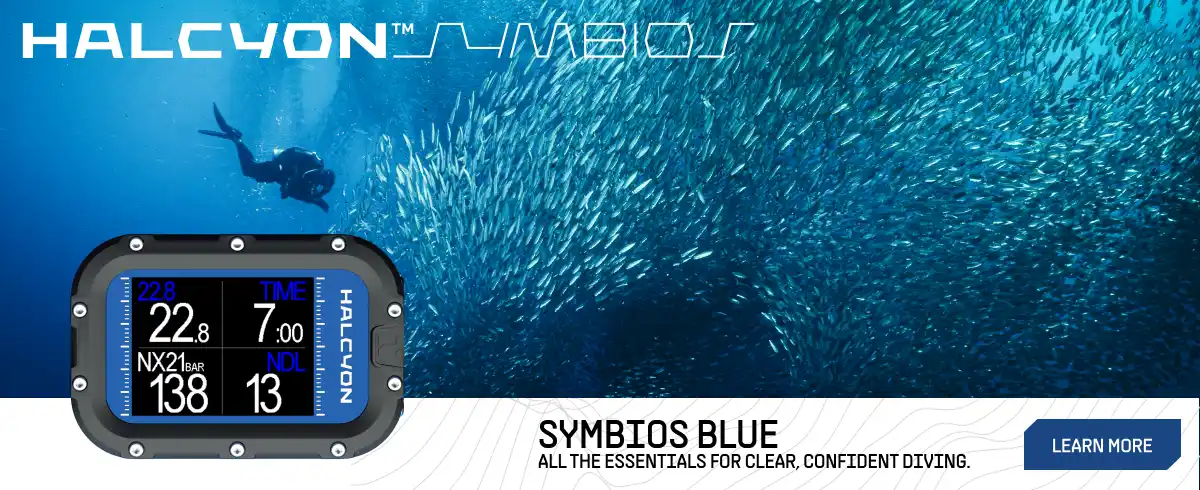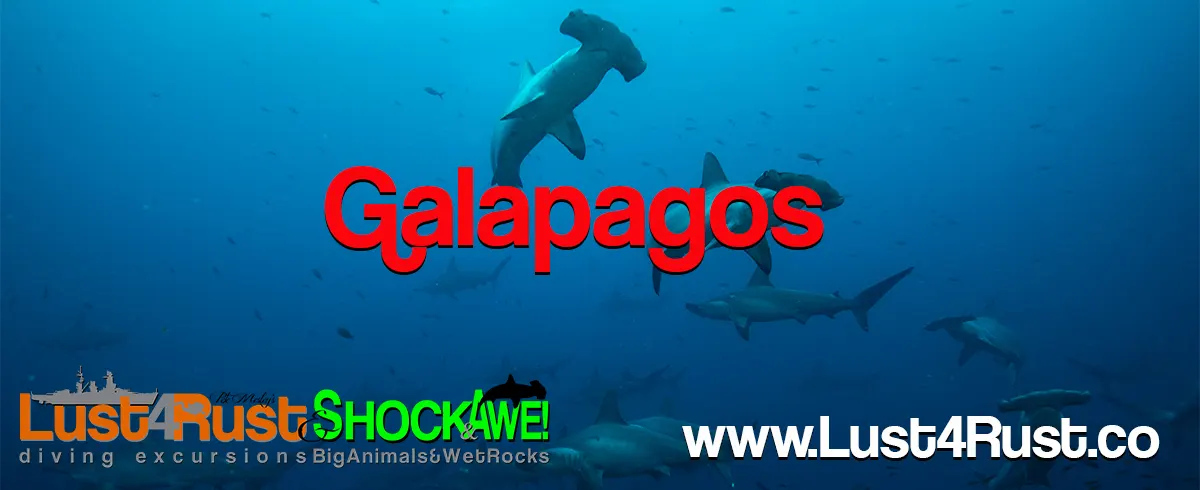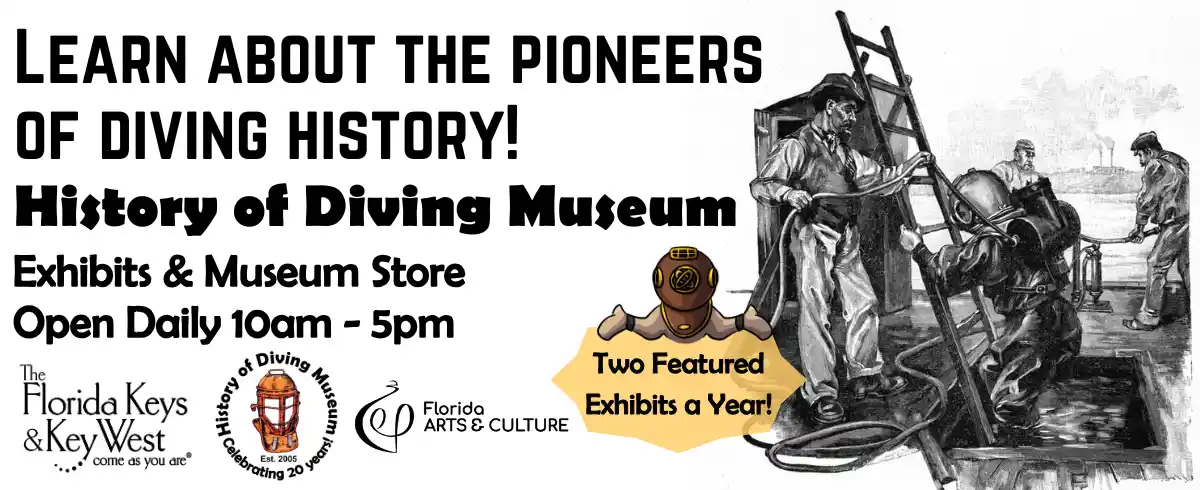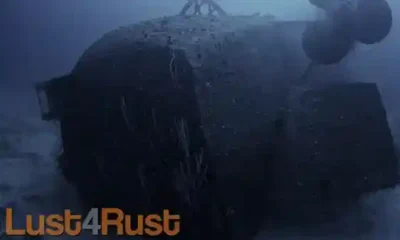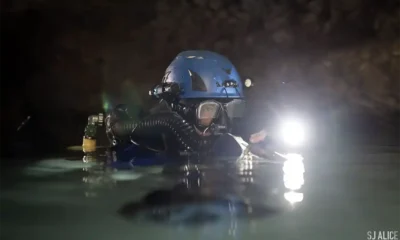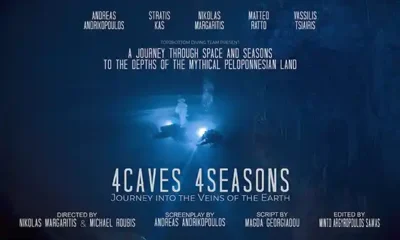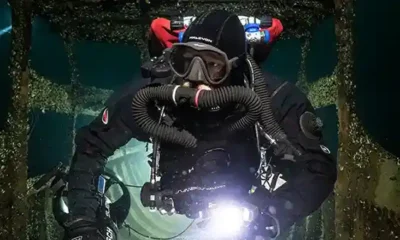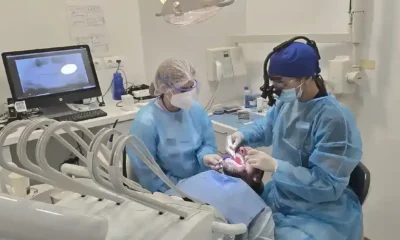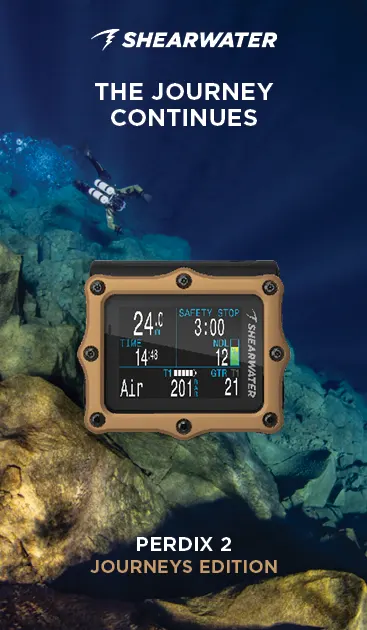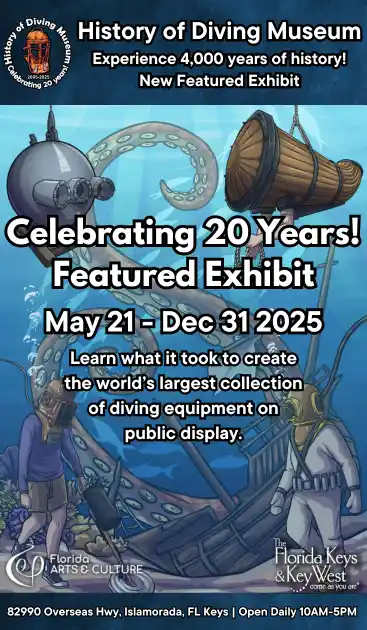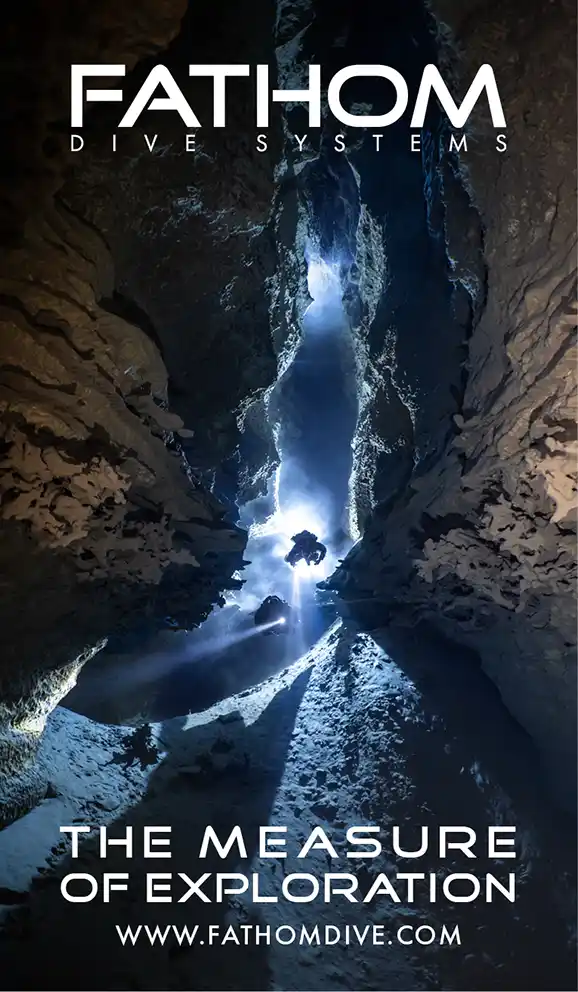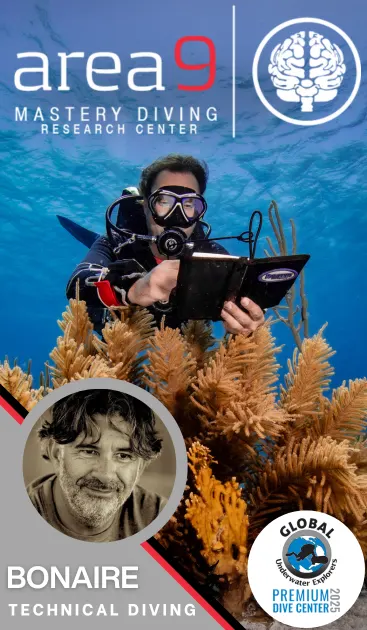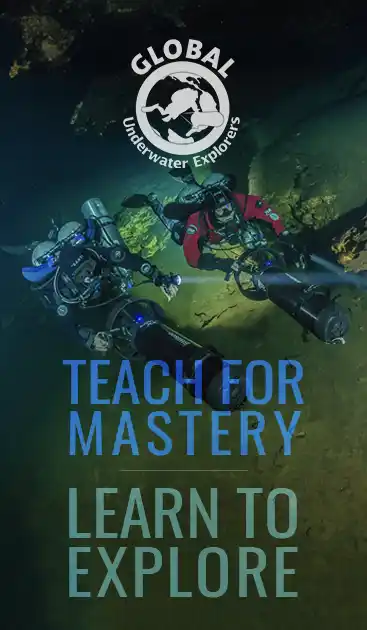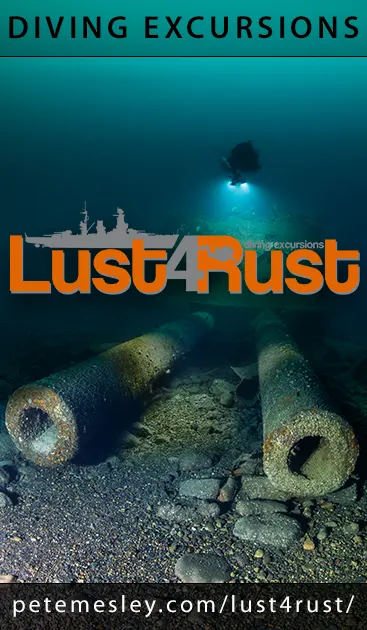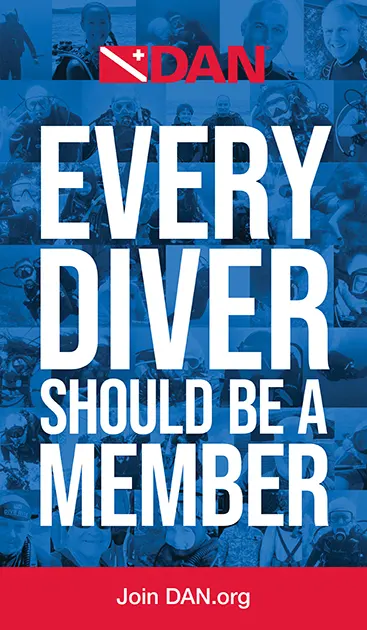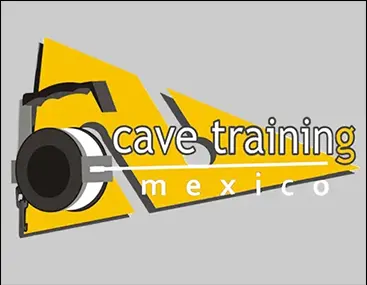Community
Explore, Record and Share: A Dive into Malta’s UW Cultural Heritage!

by Michael Menduno. Lead image: Professor Timmy Gambin presenting at Rebreather Forum 4 in Valletta, Malta. Image by Jason Brown.
Located in the middle of the Mediterranean Sea, the Maltese archipelago lays at the crossroads of one of the richest assemblages of submerged cultural heritage on the planet—read shipwrecks, aircraft, and human artefacts. It’s not surprising that these have made it a magnet for shipwreck divers and history buffs alike.
To better understand and appreciate Malta’s cultural legacy, we reached out to the absolute perfect guide: 56-year old, Malta-born and raised, maritime archeologist-cum-tech diver, and professor of L-Università ta Malta, Timmy Gambin.
Professor Gambin is arguably one of the most active maritime archeologists in the field having published 84 peer-reviewed papers—the majority of which focus on Malta—over the last two decades in addition to recently editing and publishing a volume of essays about the Maltese Islands and the sea. He was also a presenter at last year’s Rebreather Forum 4.
Gambin has been involved in numerous field projects: the PaleoMed Project with the CNRS (Aix en Provence) aimed at the reconstruction of ancient coastal landscapes and environments of the Maltese Islands, and the Ancient Cisterns Project with CalPoly (USA) that explores underground water management systems through the use of small remote operated vehicles armed with a variety of sensors. He has also conducted numerous underwater surveys in the Med in Spain, Italy, and Croatia.
The impassioned archeologist heads Malta’s Underwater Cultural Heritage Unit (UCHU), where he works together with esteemed colleague and Principal Officer Maja Sausmekat. The unit is part of Heritage Malta, the government agency charged with managing Malta’s museums, conservation practices, and cultural heritage per the Cultural Heritage Act enacted in 2002. The UCHU also manages public access to a group of historical wrecks using a unique system created by Gambin and Sausmekat.

Part of UCHU’s work is to map the underwater history of Malta—a task in which Gambin, Sausmekat, and Gambin’s University students are actively involved. “I studied history and I was always fascinated with the question of how much, if any at all, of Malta’s history was reflected in the seabed,” explained Gambin who is particularly interested in World War II history. “I was a diver before I began my studies, so that question came naturally to me.”
Gambin made history when he and his team discovered and excavated the oldest known shipwreck in the central Mediterranean, the 2,700-year old Phoenician shipwreck laying in 110 m/361 ft off the island of Malta. It was the first scientific excavation on scuba beyond 100 meters. In fact, Gambin, who had been diving since he was 21-years old, became a tech diver and bought his first rebreather specifically for this project.
Following that, Gambin and his team discovered the wreck of HMS URGE submarine laying in 130 m/427 ft, three km/two mi off the coast of Malta. A few years earlier, he also discovered the wreck of the HMS Olympus, which had been lost in the same German minefield.
“I consider myself lucky to combine my passion for WWII history with archaeology—especially in the growing field of aviation archaeology underwater,” Gambin noted. “With well over 50 aircraft discovered and explored so far, submerged aircraft crash sites are fast becoming an integral part of my work.”
InDEPTH reached out to Gambin for an interview about Malta and his work, which we conducted in June. Here is what the man had to say.

Malta, and by that, I mean the Republic of Malta—consisting of Malta, Gozo and Comino islands—has been called the Truk Lagoon of the Mediterranean or the Scapa Flow of the Mediterranean. What makes Malta so special in terms of its underwater cultural heritage including shipwrecks?
There are a number of things, Mike, and these are not necessarily in any order of importance. But one is a long period of history. So, for example, Truk Lagoon and Scapa Flow, amazing as they are, are sites representing one time period. Whereas in Malta, even among the sites that are open to the public, you’ve got anything that ranges from the 3rd century BCE to a plane that crashed during the Cold War in 1948—and everything in between. So that’s the span of history.
Of course, somebody can retort by saying, “Okay, Greece has that span of history,” and you can’t argue with that either. But then the second advantage comes to mind, which is proximity.
In Greece you may have an amphora wreck that you can dive today and then tomorrow you might want to dive the Britannic, for example, but you would need to travel, taking two ferries etc. Whereas, in Malta, you can do the 3rd century BCE wreck today and then, without having to travel, to check out of your hotel, or to take a ferry, you can dive a World War I battleship. Subsequently, without having to switch hotels, you can dive a plane that crashed during the Cold War. So, that’s the second advantage—the proximity of wrecks off Malta’s coast.

Photo by Dave Gration/Heritage Malta
And that raises another point. Getting to unique dive sites such as Truk Lagoon and Bikini Atoll and getting back, is really and truly as much of an adventure as the dives themselves. As a veteran rebreather diver, you know it’s not just a question of packing your open circuit regulator, and a wetsuit. You need to take three sets of regulators for your bailouts, your rebreather, a dry suit. If you’re going to dive in such far-flung places, you’ll want to take a camera. Conversely, Malta, with its well-connected international airport, enjoys proximity to numerous European capital cities.
Exactly, it’s easy to get to!
There is another advantage that Malta has over other sites. For example, I’ve been to the island of Kea to dive the Britannic in a submersible. As beautiful as Kea is, there’s nothing much else to do there. So, if you’re beach-bound because of weather, I mean, yes, it’s nice to sit back and read a book, but that may not work for everybody. Some may want to go to a casino, a museum, or elsewhere. You know what I mean. In Malta, you’ve got the best of both worlds. If you’ve dived three days in a row down to 100 metres and you want a day off the next day, the evening before your day off, you can go to a casino, to a Michelin-star restaurant, or you can stay in and read a book.
I think when you package all of these elements together, including the clarity of the water, then I think Malta really deserves to be looked at as a kind of centre for technical diving.

A Mecca for Technical Diving?
Exactly, and with Heritage, Malta’s system for managing access to its historic wrecks, the diver books the dive with an authorized dive school, the hyperbaric chamber is informed, and so are the armed forces in case a rescue is required. Although nothing is ever 100% safe, with our system, the stakeholders who need to know that a dive is happening at 110 metres are informed ahead of time. And again, with regard to proximity, both Gozo and Malta have fully-fledged hyperbaric chambers, so an injured diver can be in a chamber in less than an hour.
We were recently conducting a 92 m/302 ft dive on another island, and it would have taken an injured diver at least four hours to reach a chamber. That difference could be a matter of life and death. I hope I’ve answered your question.
You did! That was great. Wrecks from the ages in close proximity, rescue personnel and chambers standing by, and all of the cultural amenities you may desire for your surface interval! Not a bad way to tech dive. And you haven’t even mentioned that Malta is rich in World War wrecks, which is your specialty, right?
Malta was literally at the centre of the Mediterranean theatre of war, surrounded by both the Germans and the Italians. The war came to Malta in three dimensions—from the surface, basically surface ships, underwater through submarines with mine warfare, and then obviously from the air, because, by World War II, planes could fly far longer distances. When planes were shot up over Malta, it was very difficult to crash land because of the small fields, which are divided by stone walls.

Photo by John Wood/Heritage Malta
By comparison, in the Battle of Britain, which was fought over the UK, when a pilot was shot down, they could probably find a grassy field for a crash landing. In Malta, that was impossible. Pilots ditched their planes in the sea, hoping that the Royal Air Force (RAF) rescue launch would come out and save them. That’s another reason why we’ve got such a concentration of aircraft wrecks. More pilots chose to ditch at sea.
Moreover, as you probably know, one way that the Germans and Italians tried to defeat the British on Malta was through a blockade. They laid massive minefields in the approaches to the harbours to the misfortune of all those ships that happened to strike a mine.
Amazing. You mentioned Heritage Malta’s unique historic wreck management system, and I want to get some more details. Perhaps you could start by talking about the origins of Heritage Malta’s underwater cultural heritage program and your involvement.
This idea was inspired by asking the question, ‘why a visitor should be able to buy a ticket to visit the War Museum or the Roman Museum and not be able to visit a site underwater.’ Granted, the answer is slightly more complex because the diving community already had access to some of these sites, however in an uncontrolled and unmanaged way. Unfortunately, what was happening was that divers would drop a shot line on a site, thus breaking things or damaging wildlife. Also, some of the wrecks were looted resulting in the loss of the wreck’s heritage value.
Ultimately, just as a heritage site is managed on land, we decided to launch a system to manage sites underwater, which obviously comes with many challenges.

Photo by Dave Gration/Heritage Malta
Therefore, what Heritage Malta did was to create a system whereby dive schools can choose to register with the agency. Once they register, they’re given access to our online booking system, which includes notification to the decompression chambers and other stakeholders. So, you have a school, let’s call it InDEPTH’s Dive Tech Malta, which is registered with Heritage Malta. You have 10 divers wanting to dive into history, so each of those divers has to accept and sign our terms and conditions: (1) no wreck penetration, (2) look, don’t touch, (3) respect the war grave, and (4) respect the marine life, etc. If they don’t sign it, they don’t dive.
It’s exactly like buying a ticket to St. John’s Cathedral. You buy a ticket, but buying a ticket doesn’t give you the right to explore areas that are closed to the public. It doesn’t give you a right to dance on the altar or carve your initials in the pews. Basically, there are parametres. Just because it’s underwater, it doesn’t mean that it’s a free-for-all.
That makes perfect sense! And the Dive Schools are charged with making sure divers follow the rules, right?
Exactly, and as a result, we’ve opened more known sites to the public than ever before. We added deep sites like the SS Polynesian, the HMS Nasturtium and the B-24 Liberator.
We’ve left some historic sites like the Stubborn, the Bristol Beaufighter, etc. outside the system. Why? These are ‘normal’ scuba depths, and we didn’t want to impact the day-to-day running of normal scuba diving operations.
And as I mentioned before, Mike, we believe that we’ve created a system that is safer now that the hyperbaric chamber knows that InDEPTH’s Dive Tech Malta is going out with 10 divers to Russell, on a specific day and at a specific time. The dive schools are happy with this system and, as a result, they have become our best wreck protectors. Because now they know that if divers are being disrespectful and damaging the site, they’re degrading and destroying the Dive Schools bread and butter. So the boatmen who are also registered with us, and/or the dive schools, are now more like our partners, instead of clients.
Is the system perfect? Of course it’s not. Is it innovative? Of course it is. Since we launched our system, similar systems have been introduced in Turkey and in Greece. So basically, we initiated this concept and now others are following us. Imitation is the sincerest form of flattery, right?
How does Heritage Malta decide which sites need protection. I mean, what gives a shipwreck or the wreck of an aircraft special historical significance?
In Malta, the starting point is legislation, the law. The law in Malta states that anything that has been submerged or semi-submerged for 50 years or more is considered cultural heritage. This legislation was introduced in 2002. when World War II wrecks were just over 50-years-old. This was done to make sure that World War II wrecks were considered as cultural heritage.
You asked what makes them important? World War II is an incredibly important episode in Malta and Gozo’s history. The flag that we fly today has the George Cross to remind us of that. So, any historical evidence that acts as a small piece of a puzzle helps us put the puzzle together, is absolutely important. Secondly, one of the aspects that we give importance to is the aspect of memory.
For you, a given shipwreck may just mean a dive site, but for 100 other people, it could be someone who has a great uncle who perished on the ship, another may have had a father who perished, someone else, a grandfather.
If you research everything related to HMS Urge, for example, you’ll see that for the commemoration of Urge, 80 relatives travelled to Malta. What else makes wrecks important? Many of our wrecks are what we call ecological hotspots. . These harbour a massive concentration of otherwise very rare and super-protected species like black coral and gorgonians, to name two. So, whichever way you look at it, some wrecks have more importance because of memory, others because of ecology, others because they took part in a famous battle, for example. So in varying degrees, they each have memory, they each have ecology, and they each have history.

Photo by John Wood/Heritage Malta
I gotcha. Thanks. If I understand correctly, Heritage Malta currently manages about 20 wrecks, shipwrecks, and aircraft. And the majority of them are fairly deep, beyond 50 to 55 metres (164-180 feet). Is that right?
Yes.. Depth brings to mind two considerations: (!)if they were shallower, they would not be in the condition that they’re in now. They would like the Thistlegorm at 30 m/100 ft in the Red Sea. Why? Because thousands of divers go every year. It is not well preserved; they would not have the concentration of ecological life, and ecological growth on them. Because they seem to attract sponges, gorgonians, and corals that don’t grow in waters shallower than 50 metres
And you have some very deep wrecks, too, beyond scuba range, right? You need a submersible.
Yes. I think the deepest one we have on record so far is about 500 metres/1641 feet. Again, Heritage Malta runs a bespoke access program for submersibles. Just as dive schools can become a Heritage Malta agent to sell access to technical divers, a super yacht’s agent represent Heritage Malta and sell access to super yachts with submersibles.
So Jeff Bezos can come to Malta and dive in an uber-deep shipwreck!
We’re still waiting for these guys, but you know, Rome wasn’t built in a day. The underwater cultural heritage unit of Heritage Malta was announced in 2018, but it was officially launched with a name, employees, and so on, in 2019. So, this year we’re celebrating our fifth anniversary. We’ve gone from being told at stakeholder meetings that the system will never work, to now being hailed as a major success story. And remember that in this five-year period, we were dealing with COVID in 2020 and 2021, which had a massive impact on travel and dive travel all over the world.

Are you aware of the group called the Major Projects Foundation and a marine archeologist named Matt Carter? They’re working to assess the toxic chemicals contained in World War I and II wrecks.
I know Matt. I was with him in London about two months ago at a conference, and some of the things we are doing are similar. Managing access to historic shipwrecks is only one aspect of what we do. We have a system, when I say we, it’s basically driven by Maja Pace Sausmekat, Principal Officer for maritime archeology and myself. We have an approach which we call the shipwreck web.
Therefore, many aspects already mentioned —the ecology, memory, access for divers, and access for non-divers through the museum—are part of that web. But there are other things like the toxins, unexploded ordinances, the oil leaks, etc. We take care of all of that. But to be quite honest, that would be an entirely different interview. I could talk for an hour about each of these subjects. But we are very much aware of the deterioration of wrecks and their potential as an environmental hazard.
Excellent. You were a presenter at Rebreather Forum 4, and talked about rebreathers and your work. They’ve been a critical tool for you. Talk to me a little about that, how rebreathers have opened up shipwreck archaeology and the like.
Not only shipwreck archaeology, but also shipwreck tourism. I’d like to believe that the two go hand-in-hand. With regard to archaeology, in my opinion, rebreathers are a safer way to go provided that you have adequate bailout and are aware of the limitations of effort and exertion, because of CO2 build up. Rebreathers enable us to stay down longer.

Photo by Dave Gration/Heritage Malta
With a rebreather, your two limiting factors are basically unrelated. How much your deco is going to increase, and whether your bailouts are enough to get you out of the dive. However, you do have the option, if you’re working on making a 3D model and you need just two more minutes. With an open circuit, if your gas is out, your gas is out, and you’ve got to go up. With a rebreather at say 100 m/326 ft, you can say you know what,I’m going to spend two more minutes, which is another half an hour of deco. Rebreathers allow a bit of sensible flexibility.
Thirdly, I know it sounds a bit vulgar, but in this day and age, rebreathers are cheaper when you factor in helium. Recently I was diving and there was another diver with a twin set on a 55 m/180 ft site, and all I was seeing were EURO signs going up in the bubbles. So, in a way, rebreathers have democratised access. Yes, it’s cheaper to buy a twinset, but when you factor in helium costs, the rebreather is going to pay for itself. The time it takes depends on how often and how deep you dive. I believe, though, that the price of rebreathers has not shot up as fast as other things, which in a way means that the price is going down because of inflation. I do see them as democratising access to wrecks.

Photo by John Wood/Heritage Malta
In your RF4 talk you said that for you, the excavation work on the Phoenician shipwreck was a game changer as far demonstrating the utility of rebreather technology. Would you talk about that a little and the excavation work you & your team did?
Yes, indeed. In fact, I remember referring to it in my presentation as the wreck that changed everything. And I really mean that, both personally and also internationally with the notion of expanding the limits of maritime archaeologists.
I always tell people I am a teacher that dives, not a diver that teaches. This is important to get across. I’m not one who pushes the limits for the sake of pushing them. So why then did I undertake the world’s first scientific excavation on scuba beyond 100 m/328 ft?
The answer is very simple, because this shipwreck, which is 110 m/361 ft deep, is only one of six Phoenician shipwrecks. If this was a more common wreck, I may have dived it once or twice to make a 3D model, but there’s no way that I would have done the excavation. However, because this is such a rare shipwreck that could give the academic world and also the general public new insight into who the Phoenicians were and how they used to operate at sea, we decided it would be worth the challenge of excavating at depth.
I get it. Yes. So how long of a project was it, over what period of time?
I mean, the project is still ongoing because we’re doing a lot of what we call post-excavation work: desalination, conservation, as well as scientific studies. To give you a timeline, we discovered the site in 2007. The first time we saw the site was with a remote-operated vehicle in 2009. We then went in a submersible with the help of the French commercial diving contractor COMEX in 2014. That is what made me decide to start technical diving.
You got the bug!
Yes! So in 2014, I bought my first rebreather, spent 2014 through 2016 doing my courses and building up my hours. We then first dived the Phoenician shipwreck in 2016, and then again in 2017, doing what we call, systematic recovery and recording the site in 3D. Between 2018-2021, together with an international team we carried out a full-scale excavation of a part of the shipwreck.

Amazing. Wow. And you and Heritage Malta are still actively exploring for new shipwrecks, right? The story continues.
Absolutely. That never stops, my friend. Why? Because although Malta has a territory of 350 km2/135 sq. mi, our seabed extends to 3,500 km2/1350 sq. mi. What this means is that, there’s an unknown number of shipwrecks and sunken aircraft yet to be discovered. Now, whether they’re in 1,000 metres, 100 metres, or 50 metres, we don’t know yet. That is why I, together with my students, go out with a state-of-the-art robot, an automated underwater vehicle (AUV), and basically map the seabed.
I am guessing you continue to find wrecks.
In fact, we know about quite a few wrecks that have not been made public yet. If Malta had to declare every single shipwreck that we know of but is not known to the public, we would be creating a logistical and management nightmare.
I do. You mentioned the ecological life on various wreck sites. I understand that you are actually studying the life around the sites and measuring temperature and chemical signatures, identifying marine life and building a database. That’s another one of the projects that Heritage is working on, right?
This is a huge, huge part of the project. We refer to it as WRECK LIFE and have just secured some funding to use artificial intelligence, AI, to help us qualify and quantify the sealife present on our historic sites. Obviously, we need to teach the AI what to do.

Photo by Dave Gration/Heritage Malta
Fascinating! You’re building a database and your AI tool can look for trends and patterns.
Not only that, but I’ve been visiting and collecting data on some of these wrecks for over 25 years, though not as a technical diver of course We can feed this legacy data into the AI tool as well, and it should be able to tell us for example that there’s 20% more coral or 10% less coral, for instance. This will be valuable for researchers.
Very exciting. One of the things that stuck with me from your talk was your mission slogan, “Explore, Record, and Share.” And one of the ways that you’re able to share your finds is through The Virtual Museum that Heritage Malta has created. It’s awesome. In fact, we will put a link in the story to entice readers to visit.
The Virtual Museum was a project conceptualised jointly between the University of Malta and Heritage Malta. It was inspired by our passion for sharing these sites.
Now, quite literally, and you know more than anybody else, Mike, that out of the huge population of the earth, only a very small fraction dives. And then, from that already-small fraction of divers, an even more minuscule fraction of divers dive to a hundred metres plus. Then from that quantity, how many of those actually travel to Malta? Well, hopefully many more in the future.
For us, the democratisation of access to sites goes beyond diving. Why shouldn’t a 76-year-old aficionado of World War II who is somewhere in England have the privilege of visiting one of these sites? This is really what drove us. Thankfully, the Malta Tourism Authority saw potential in this as a marketing tool, not only for technical divers, but for Malta in general, and so they have supported this effort. If you’re interested in World War II, after visiting the virtual museum, one may say, “Hey, I want to go to Malta and visit the war museum and visit the maritime museum,” for example.

Well, The Virtual Museum is amazing. And we’ll link to it in the interview so readers can go visit some of the shipwrecks we have talked about.
You also have a very exciting project, which you just launched this last year after the Rebreather Forum, and that is your deep water archaeological park in Gozo. Talk to me about that, what your vision is for it, and the status of the park.
In the summer of 2023, we launched the Xlendi Archaeological Park, which is a site that measures approximately 70,000 sq. metres—that’s seven hectares—and it is covered with ancient amphorae, in various degrees of concentration. There’s a central shot line with a visitable area that’s marked, and enclosed in cave line.
For the non-divers, we put a display with objects in the tower that dominates the maritime landscape. We’ve also got CCTV cameras on the tower that basically show us if there’s somebody fishing illegally on the site.
The park also has its own section in The Virtual Museum. Again, although we were questioned as to the sanity of opening a deep water park, I believe that by doing so we’re future-ready. I honestly believe that more and more people will be diving rebreathers and diving to these depths.
It’s deep, too!
Yes, it’s 105 m/345 ft. So again, Mike, I don’t know if you will agree, but when I look at old photos of British divers diving down to 180 feet in 1958, I think that they obviously believed, and indeed at the time they were, at the forefront of cutting-edge technology and exploration. If someone had told them then, “Just wait until the 1980s. There will be a training agency called PADI, and if you’re at least 11 years old, you can pay $300 and learn to scuba dive,”they would have likely laughed in their face, so to speak.
So, I think we’re at the same point with rebreathers. In the not-so-distant future, many more people will be diving rebreathers, and a 100 m/328 ft dive will be considered ordinary. That’s how technology evolves. Imagine thirty years ago, if you told people that they would read their morning newspaper on a thin tablet that would include live videos. Hard to believe? Well today we have the iPad and Android tablets, of course. So we have to be ready to imagine the unimaginable.

(c) Dave Gration/Heritage Malta
Indeed. So, are you still working on the park? Is it open for divers?
Yes, divers are invited to visit. We had our first clients last October. This year, before we reopen for the season, we have to go and make sure that the shot lines and the cave lines are all still in place. This is important because this is a big area. It’s not like diving a WWII shipwreck, where you have a reference. You know more or less that the shot line is at the stern, you know more or less where you are, so you can head back and find your shot line, and then find your way home.
With the Xlendi site, every amphora, every concentration of amphora looks the same. The coralline reefs that dot the site also look the same. So, if you’re just diving along and say, I’m just going to do four more minutes, then all of a sudden you look around and have a massive “Oh no” moment. “Where are we?” So, we have calculated how far a technical diver might swim without a scooter in about a 14-minute bottom time, and we’ve demarcated that area with cave line and also pointers.
Are divers able to use scooters, rrr DPVs on the site?
Yes they are allowed to use DPVs on the site within the demarcated area.
Cool. In closing, what message would you like to give to the technical diving community with regards to Malta and Goza?
The obvious, you know, come and visit us! We have a truly fantastic array of shipwrecks coupled with some great dive schools, aka diving centres, and it’s an incredible island for relaxation. I honestly believe that Malta has the total package. And hey, for those in Europe, we’re a direct, two-to-three hour flight away. I mean, come on. Let’s see you over here.
Click here to go back to Malta Mania
Be sure to check out the: Heritage Malta Store!
DIVE DEEPER
GUE.tv: Use of CCRs in Malta Shipwreck Diving by Timmy Gambin, Ph.D
Heritage Malta: Xlendi Underwater Archaeological park
UnderwaterMalta.org: The Virtual Museum

Michael Menduno/M2 is InDEPTH’s Editor-in-chief and an award-winning journalist and technologist who has written about diving and diving technology for more than 30 years. He coined the term “technical diving.” His magazine “aquaCORPS: The Journal for Technical Diving” (1990-1996) helped usher tech diving into mainstream sports diving, and he produced the first tek.Conferences and Rebreather Forums 1.0 , 2.0 and 4.0. In addition to InDepth, Menduno serves as Senior Editor for DAN Europe’s Alert Diver magazine. He is a member of the Rebreather Training Council (RTC).


